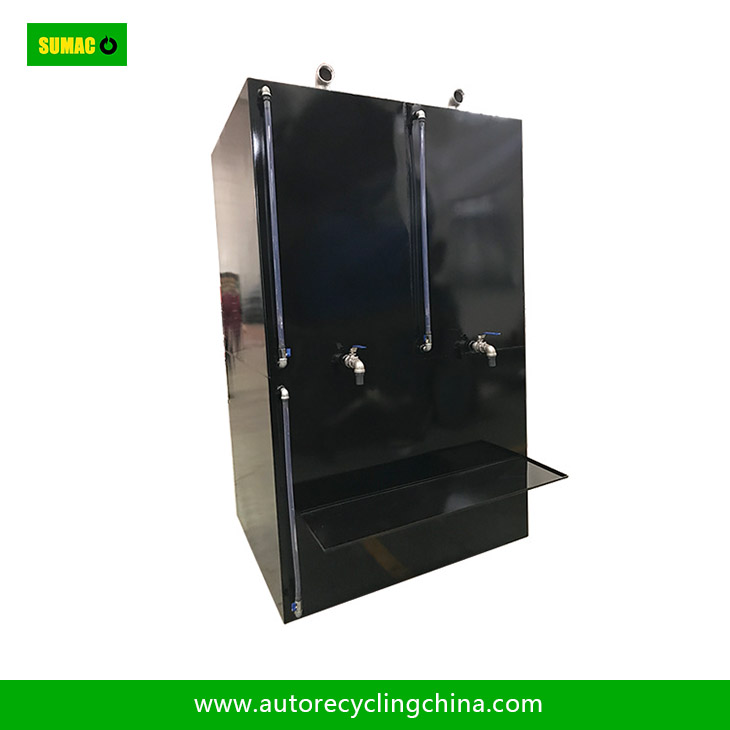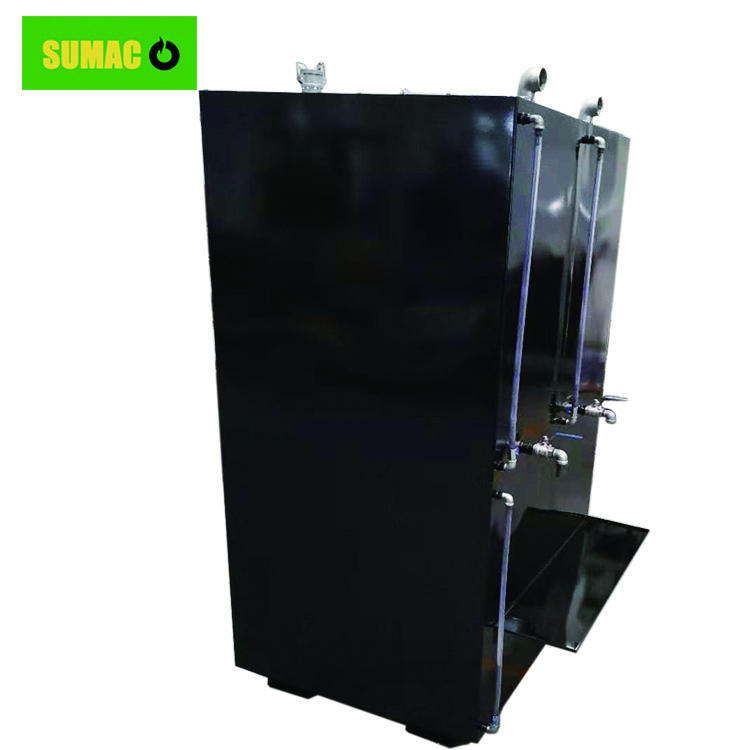Fuel cube tanks are subject to stringent emission standards worldwide to minimize environmental impact. These regulations target volatile organic compounds (VOCs), greenhouse gases (GHGs), and particulate matter (PM) released during fuel storage, transfer, and handling.
1. Volatile Organic Compounds (VOCs)
-
Regulatory Limits:
- EPA (U.S.): Tanks must meet ≤20 ppmv (parts per million by volume) VOC emissions during refueling and storage under 40 CFR Part 60 Subpart Kb (for gasoline).
- EU Directive 2009/125/EC: Requires ≤15 g/m³ VOC emissions for industrial fuel storage.
-
Control Technologies:
- Vapor Recovery Systems (VRs): Capture VOCs during refueling via closed - loop systems, achieving ≥95% recovery efficiency.
- Carbon Adsorbers: Use activated carbon to adsorb VOCs, regenerated via vacuum or thermal methods.
2. Greenhouse Gas (GHG) Emissions
-
CO₂ Equivalent Limits:
- Paris Agreement - aligned Standards: Tanks in EU and U.S. must reduce GHG emissions by 40–50% by 2030 (vs. 1990 levels).
-
Mitigation Strategies:
- Leak Detection and Repair (LDAR): Mandatory quarterly inspections of tank seals, valves, and pipes to identify and fix leaks.
- Low - Carbon Fuels: Tanks storing biofuels or hydrogen blends may qualify for emission credits.
3. Particulate Matter (PM) and Combustion Byproducts
-
PM2.5 and PM10 Limits:
- WHO Guidelines: ≤10 μg/m³ annual average for PM2.5; ≤20 μg/m³ for PM10.
-
Control Measures:
- Flame Arrestors: Prevent ignition of fuel vapors, reducing incomplete combustion and PM formation.
- Oxidation Catalysts: Convert carbon monoxide (CO) and hydrocarbons (HC) to CO₂ and H₂O during venting.
4. Toxic Emissions
-
Hazardous Air Pollutants (HAPs):
- EPA List: Includes benzene, toluene, and xylene (BTX). Tanks must limit BTX emissions to ≤0.1 lb/yr per source.
-
Compliance Tools:
- Air Permits: Required for tanks storing >25,000 gallons of fuel, specifying emission limits and monitoring protocols.
5. Secondary Containment and Spill Prevention
-
EPA SPCC Rule (U.S.):
- Tanks must have secondary containment (e.g., berms, liners) capable of holding 110% of the largest tank volume to prevent soil and water contamination.
-
EU Water Framework Directive:
- Prohibits fuel spills into water bodies; requires oil - water separators for tank runoff.
6. International Standards
-
ISO 16923:2016:
- Guidelines for environmental management of fuel storage systems, including emission monitoring and reduction.
-
API 653:
- American Petroleum Institute standard for tank inspection, repair, and alteration to prevent leaks.
7. Monitoring and Reporting
-
Continuous Emission Monitoring Systems (CEMS):
- Required for large - scale tanks, measuring VOCs, CO₂, and NOx in real - time.
-
Annual Reporting:
- Facilities must submit emission data to regulatory agencies, including leak repair records and VR system efficiency tests.
8. Innovations in Emission Reduction
-
Zero - Emission Tanks:
- Use membrane technology to eliminate vapor leaks entirely.
-
AI - Driven LDAR:
-
Drones and sensors detect leaks via infrared imaging or ultrasonic testing, reducing manual inspections.


-
Drones and sensors detect leaks via infrared imaging or ultrasonic testing, reducing manual inspections.
